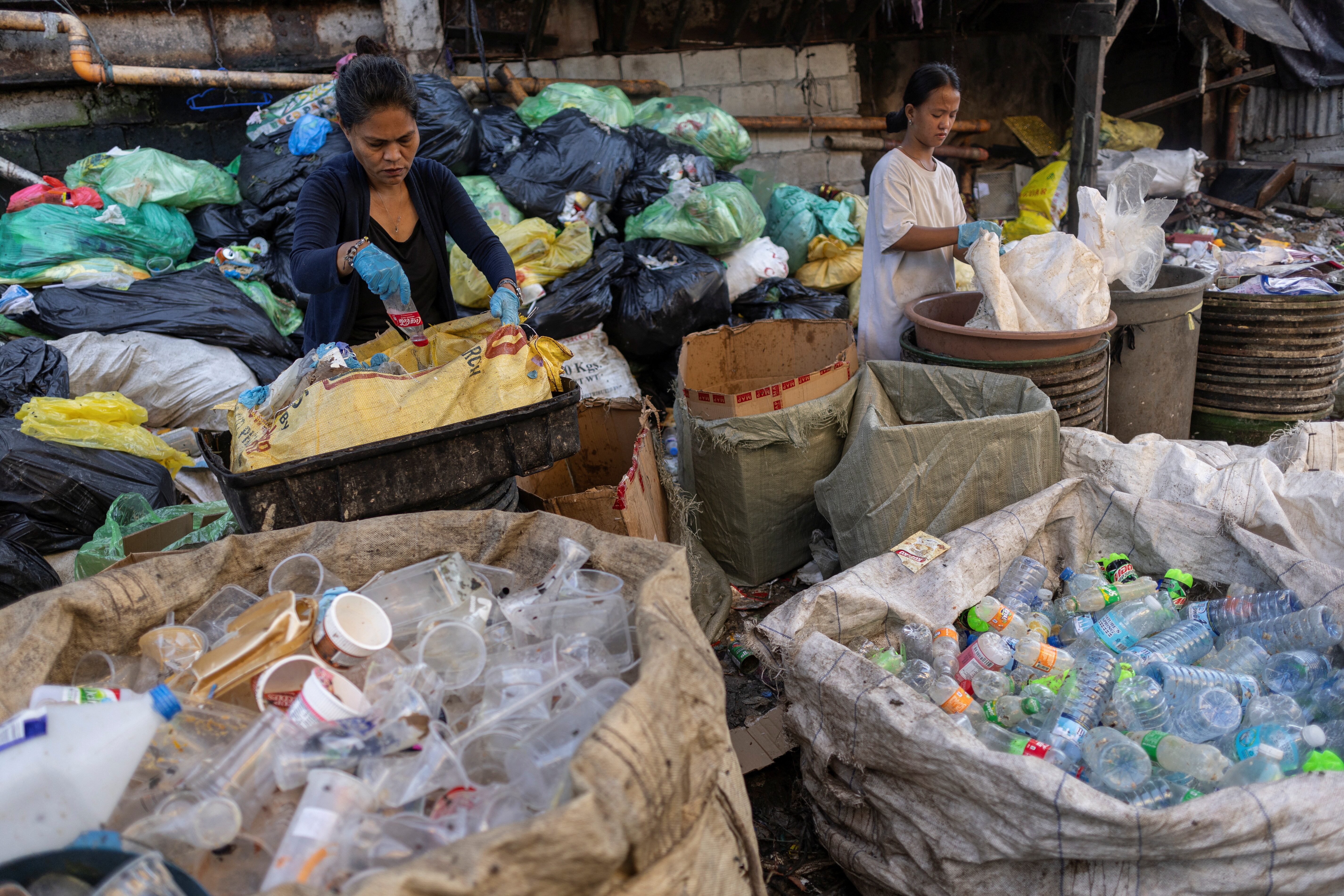This simple solution will keep fruit fresh for longer - and help avoid food waste

StixFresh has created a natural sticker to make fruit last longer, in an effort to reduce food waste. Image: StixFresh
- In the US, over half of fresh fruit and vegetables go to waste.
- But a new invention claims to extend the shelf life of fresh fruit.
- A simple sticker can add an extra 14 days of freshness, says StixFresh.
- Using natural plant compounds, the sticker creates a protective layer, slowing the ripening process.
- The company is hoping to extend the process to vegetables.
Roughly a third of all the food produced around the world goes to waste. But now an innovator has come up with a way of making fruit last longer by simply applying a sticker.
It sounds too good to be true, but the inventor of StixFresh says that the sticker acts in the same way as the natural protections used by plants themselves. Simply sticking one to a piece of fruit can extend its shelf life by up to two weeks, says Zhafri Zainudin.
Going to waste
The COVID-19 pandemic has upended food supply chains, leaving fruit and vegetables to rot because they cannot reach buyers in time.
It’s not a new problem, either. Even before the pandemic, 52% of fruits and vegetables grown in the United States went to waste, part of a $161 billion mountain of wasted food. More than 50 million Americans currently experience food insecurity, up by 13 million since 2018.
Zainudin says his StixFresh stickers will tackle hunger and improve health by giving more time to get fruit to consumers before it goes bad.
So how does it work?
The stickers, which are the size of a 50 cent piece, use 100% natural ingredients which replicate the antimicrobial compounds that plants use to protect themselves against post-harvest diseases.
Once the sticker is attached to the fruit, the chemicals spread out to create a protective layer covering the surface of the fruit and slowing the ripening process.

Zainudin came up with the idea after a friend asked for help to reduce the amount of stock on his fruit stall he was losing to spoilage.
After hundreds of experiments he arrived at a formula that would protect fruit. But how to apply it? It turned out that the answer was right in front of him on his friend’s fruit stall in a community near Kuala Lumpur, Malaysia.
Most of the fruit already carried a sticker describing the variety, so Zainudin reasoned that using another sticker to protect the fruit would work with existing processing and avoid the need for extra investment by growers and retailers.
Future goals
The stickers work best on apples, avocados, citrus fruits and mangoes. Zainudin’s team are now working on new versions that will enhance the shelf life of berries and vegetables as well.
By reducing food waste they hope to help farmers, distributors, retailers and consumers save money, while at the same time protecting the environment.
Zainudin and StixFresh have been selected to join the The Circulars Accelerator Cohort 2021, an initiative to help circular economy entrepreneurs scale their innovations.
The accelerator is a collaboration with UpLink, the World Economic Forum’s innovation crowdsourcing platform, and is led by professional services company Accenture in partnership with Anglo American, Ecolab, and Schneider Electric.
What is the World Economic Forum doing about the circular economy?
Don't miss any update on this topic
Create a free account and access your personalized content collection with our latest publications and analyses.
License and Republishing
World Economic Forum articles may be republished in accordance with the Creative Commons Attribution-NonCommercial-NoDerivatives 4.0 International Public License, and in accordance with our Terms of Use.
The views expressed in this article are those of the author alone and not the World Economic Forum.
Stay up to date:
UpLink
Related topics:
Forum Stories newsletter
Bringing you weekly curated insights and analysis on the global issues that matter.
More on Circular EconomySee all
Felipe Basso
November 13, 2025








